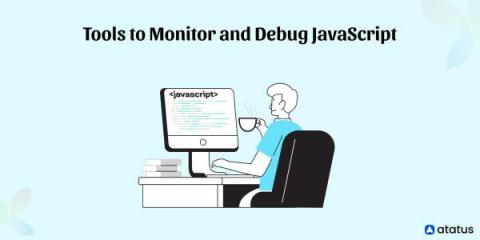6 Tips for Debugging Complex Code
Debugging complex code can be an intimidating and time-consuming task, but it doesn’t have to be. With the right strategies, you can quickly identify and remedy issues in your code. In this article, we’ll cover some of the most effective techniques for debugging complex code including using print statements, breakpoints, test-driven development, refactoring for readability, utilizing debuggers and automated tools – plus more!










